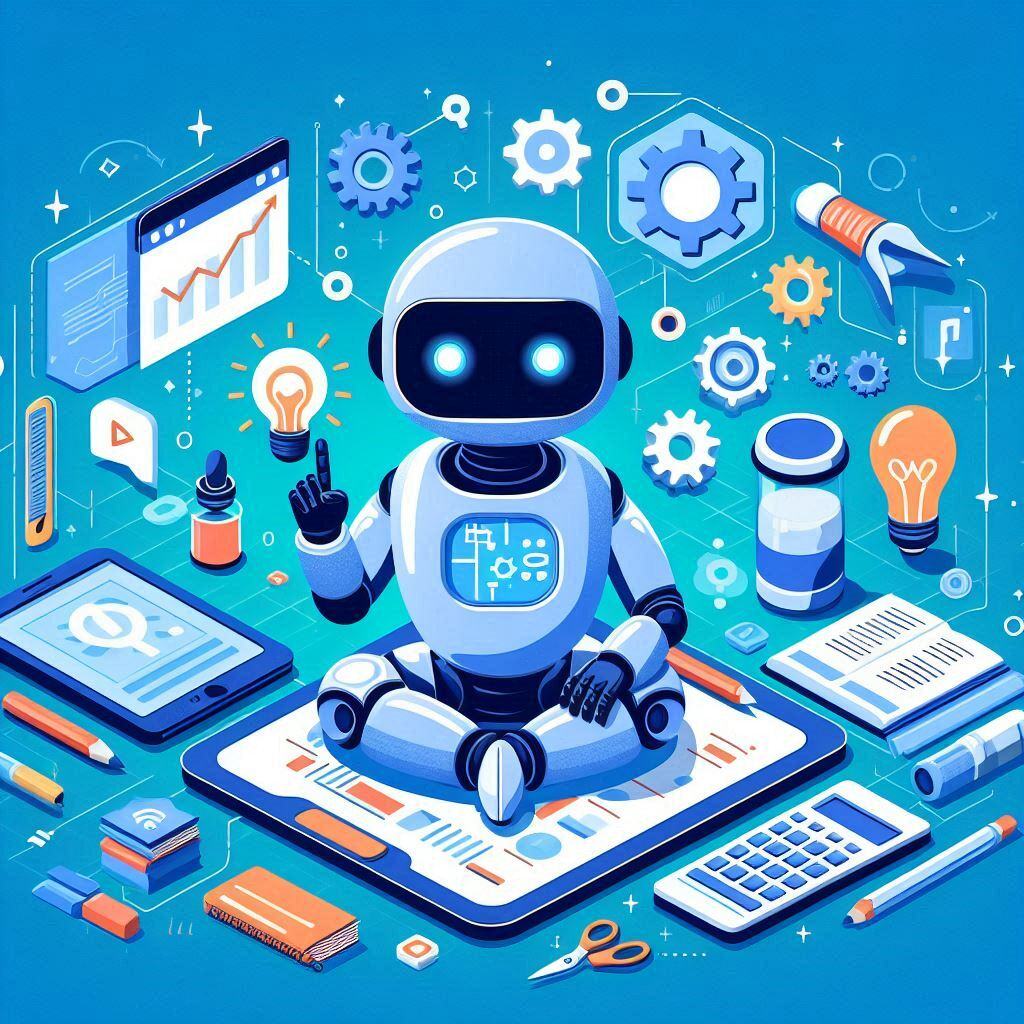Generative AI for Content Marketing
Generative AI for Content Marketing is emerging as a transformative strategy that reshapes how marketers create, optimize, and scale their content...
Learn how to build your own AI with this complete guide. Explore tools, strategies, and techniques for creating custom AI solutions.
Artificial intelligence (AI) is no longer just the domain of tech giants and research institutions. Today, businesses and individuals alike are exploring ways to build their own AI systems tailored to specific needs. Whether you’re looking to automate processes, enhance customer experiences, or develop innovative products, building your own AI can provide significant advantages. This guide will walk you through the key steps, tools, and considerations involved in creating your own AI, offering actionable insights to help you succeed.
Before diving into the how, it's important to understand the why. Building your own AI offers several benefits that pre-built solutions might not provide:
AI encompasses a broad range of technologies, but at its core, it involves creating systems that can learn from data, make decisions, and perform tasks that typically require human intelligence. There are several types of AI, each with its own applications and challenges:
Building your own AI system involves several key steps, each requiring careful planning and execution. Below, we’ll outline these steps in detail.
Define Your Objective:
Choose the Right Data:
Select the Appropriate Tools and Frameworks:
Design the AI Model:
Implement and Test:
Deployment:
Building your own AI system is a complex task that comes with its own set of challenges. Here are some common hurdles and strategies to overcome them:
Data Scarcity:
Model Overfitting:
Resource Constraints:
Ethical Considerations:
As AI technology continues to evolve, new trends and advancements are emerging that will shape the future of AI development:
Building your own AI system can be a highly rewarding endeavor, offering customized solutions that align perfectly with your business needs. By following the steps outlined in this guide—defining your objective, selecting the right tools, designing and training your model, and deploying with care—you can create powerful AI applications that drive innovation and success. As AI technology continues to advance, staying informed and adaptable will ensure that your AI systems remain effective and cutting-edge.

Generative AI for Content Marketing is emerging as a transformative strategy that reshapes how marketers create, optimize, and scale their content...

Artificial Intelligence (AI) is transforming industries by automating tasks, enhancing decision-making, and driving innovation. Traditionally,...

Artificial intelligence (AI) is reshaping interactions between businesses and their customers. Two popular AI applications that often get mixed up...
Start your journey with Integrail

Try AI Studio by Integrail FREE and start building AI applications without coding.

NEW White Paper: Discover how AI Studio accelerates your workflows